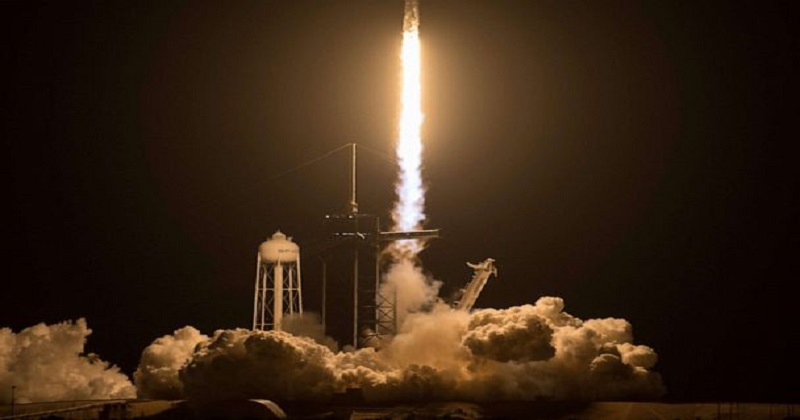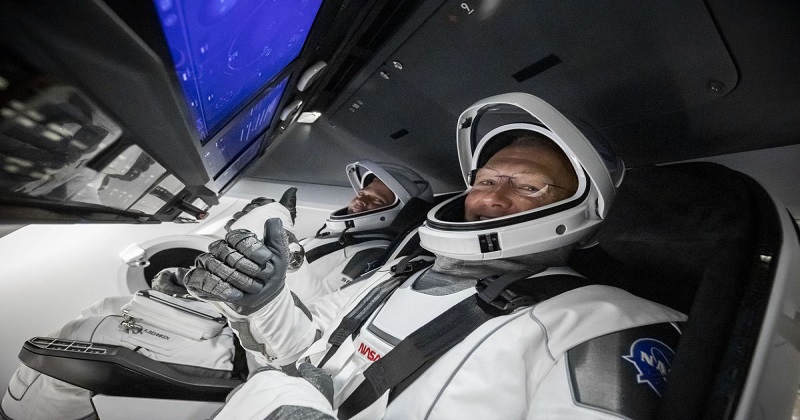
Florida; SpaceX will carry the 22nd cargo resupply initiative to the International Space Station (ISS) bringing over 3,300 kilograms of crew supplies, and vehicle hardware for research purposes to the flying lab. The launch will be carried out on June 3 from the Kennedy Space Centre in Florida.
SpaceX is employing a brand-new Falcon-9 rocket to take off the huge cargo towards the space station. The private firm, which has established reusing booster rockets, will reinstall the new Falcon-9 for the Crew-3 mission following this year as well. The cargo will be carried onboard the Dragon spacecraft, which will be the second cargo spacecraft to anchor at the space station. The spacecraft will re-enter Earth’s atmosphere in July and fall in the Atlantic Ocean near the eastern coast of Florida, returning over 2,404 kilograms of research specimens and freight.

The SpaceX Nasa Dragon spacecraft will be bringing solar patterns for installation during the summer of 2021 spacewalks to enhance the power skills of the in-orbit space station. Meantime, a Catalytic Reactor is being transferred to render critical sparing assistance for the water production capability for the environmental control and life support methods on the station. The spacecraft will also be carrying the Commercial Crew Vehicle Emergency Breathing Air Assembly (CCVEBAA) that will support as many as five crew members to breathe for up to one hour during an ISS emergency ammonia leak.
Nasa is also sending the critical cold stowage capability to help expanded payload actions. SpaceX will also carry 341 kilograms of cargo as supplies for astronauts that include fresh fruits like apples, oranges, onions, lemons, avocados, 15 standard menu food boxes, and 30 crew specific menu and coffee tea preference containers apart from supplies weighing 52 kilograms for spacewalks to be completed in the following weeks.

Read more; Congress demands probe into the alleged timber – loot
Though, when it comes to scientific research, the space station will be embracing some new guests in microgravity. Nasa is now all prepared to ship glow-in-the-dark baby squids and about 5,000 tardigrades, also called water bears, to the ISS and administer studies on sustaining severe environments, whether microgravity alters symbiotic relationships, and examining the development of kidney stones. The research onboard the ISS will be carried with strategies to push the case on interplanetary research with humans reverting to the Moon and then traveling to Mars in the coming years.

Post Your Comments